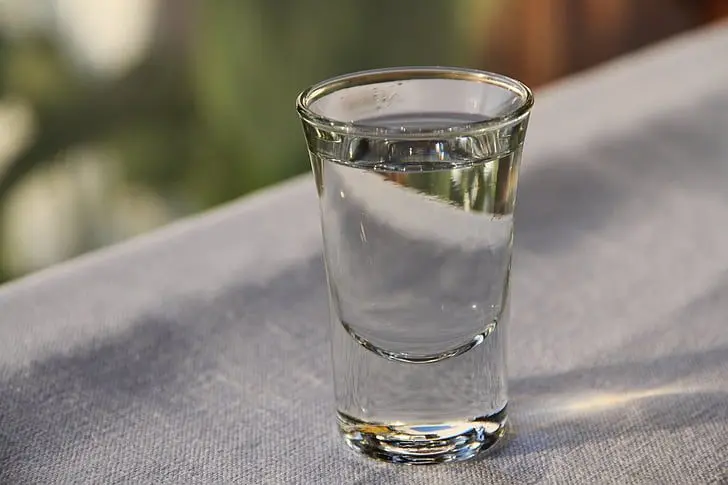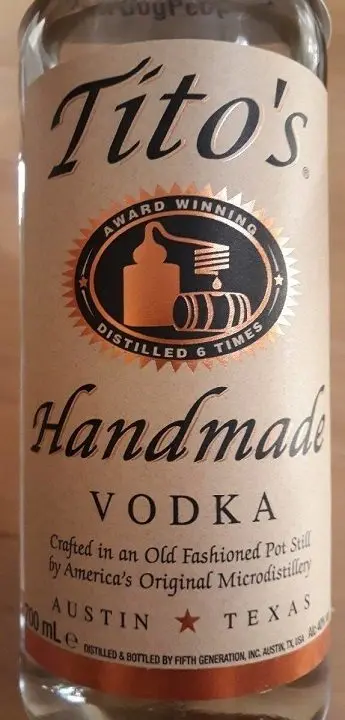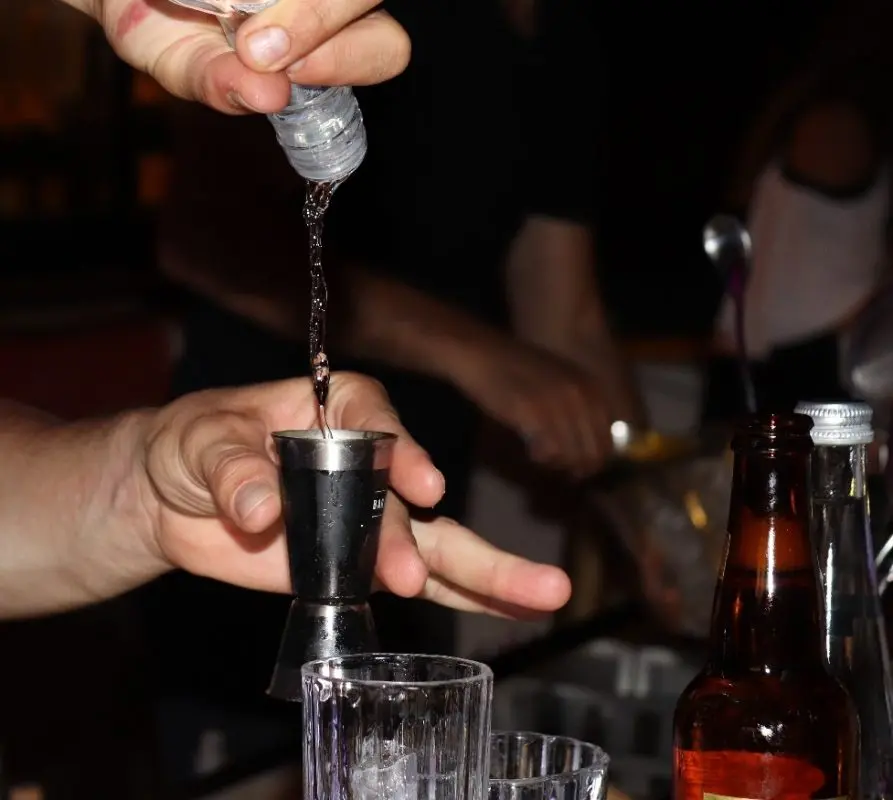Contents
Vodka is made from a variety of cultures. The choice of raw materials depends on the national traditions and characteristics of the country’s agriculture; in most cases, alcohol is distilled from grain, beet molasses and potatoes. Vodka from corn was not made for a long time, because due to the high sugar content, the distillate turned out to be sharp and oily. With the growing interest in organic products, manufacturers have begun to experiment with non-traditional raw materials, and corn vodka is increasingly found in Russian stores.
Corn alcohol
In a favorable climate, corn yields high yields with minimal crop care costs. In the USA, the crop is grown in huge quantities, and it is it that serves as the main raw material for the production of ethanol. Biofuel, solvents for varnishes and paints, alcohol liquids for technical applications are made from corn grain. In the United States, gasoline is diluted with ethanol to reduce harmful emissions into the environment.
In the US alcohol industry, corn is primarily used to make bourbon. Corn vodka belongs to craft products and is produced by local distilleries in small batches. Corn distillate is generally considered to have a sharp and pronounced profile, which is why this vodka is great for Bloody Mary or Screwdriver cocktails.
In Russia, they began to massively grow corn with the light hand of Nikita Khrushchev. Despite the skepticism of the people towards an unusual culture, the General Secretary’s campaign had a good economic effect. Corn became the main raw material for distilleries producing non-food ethanol, which was required in medicine, paint and varnish and chemical industries. Soviet rubber plants worked on corn alcohol, where ethanol was required in large quantities. The expansion of the corn planting area resulted in significant savings in grain and potatoes, which were previously spent on the production of technical alcohol.

After the collapse of the Soviet Union, the size of the areas suitable for growing crops has drastically decreased, so technical alcohol from this type of grain is now produced in much smaller quantities. Corn is in demand in conventional alcohol production, where premium types of vodka are made from it.
The absence of gluten in raw materials gives factories the opportunity to produce corn vodka labeled “ECO” and “Organic”.
Features of the production of corn vodka
The factories buy corn from farms that practice organic farming without the use of chemical fertilizers and pesticides. The grains are crushed and mixed with a small amount of malt. Then the wort is left for fermentation, and, when ready, is driven through distillation columns.
Excessive sharpness is removed at the filtering stage. Manufacturers repeatedly pass alcohol through coconut, carbon and silver filters to achieve high organoleptic qualities. At the final stage, rectified water is diluted with artesian, spring or prepared water and left to rest. A number of manufacturers add honey or an alcohol infusion of corn kernels to improve the taste.
Brands of corn vodka
In Russian stores there are products of both foreign and Russian manufacturers:
- Tito’s (Titos) – American premium vodka, on the market since 1997. It is positioned as a handmade craft product. Thanks to a special microdistillation system, it has a mild taste with hints of exotic fruits;
- Crystal Head (Crystal Head) is a Canadian brand created with the participation of famous comedian and actor Dan Aykroyd. Alcohol is obtained by quadruple distillation, and vodka is passed through diamond crystals before bottling. On the palate there are faint tones of flowers and anise;
- Nikita (Nikita) – Russian corn vodka, produced at a distillery in Veliky Ustyug, the bouquet contains shades of grain and poppy.
- Bread gift Corn – produced in Belarus. Product without sugar, gluten and glucose. The characteristic taste of vodka is given by an alcoholized infusion of corn grains.

How to drink corn vodka
Almost all manufacturers recommend adding corn vodka to cocktails: Moscow Mule, Black Russian, Cosmopolitan and others. Natural sweetness and spicy notes of corn vodka can diversify the taste of popular mixes and make them more interesting.

Still corn vodka goes well with lime and grapefruit juice, ginger beer and vermouth.
It can also be drunk in the classic way with hot and cold snacks, but in this case, the bottle should not be cooled too much in order to better feel the taste.









